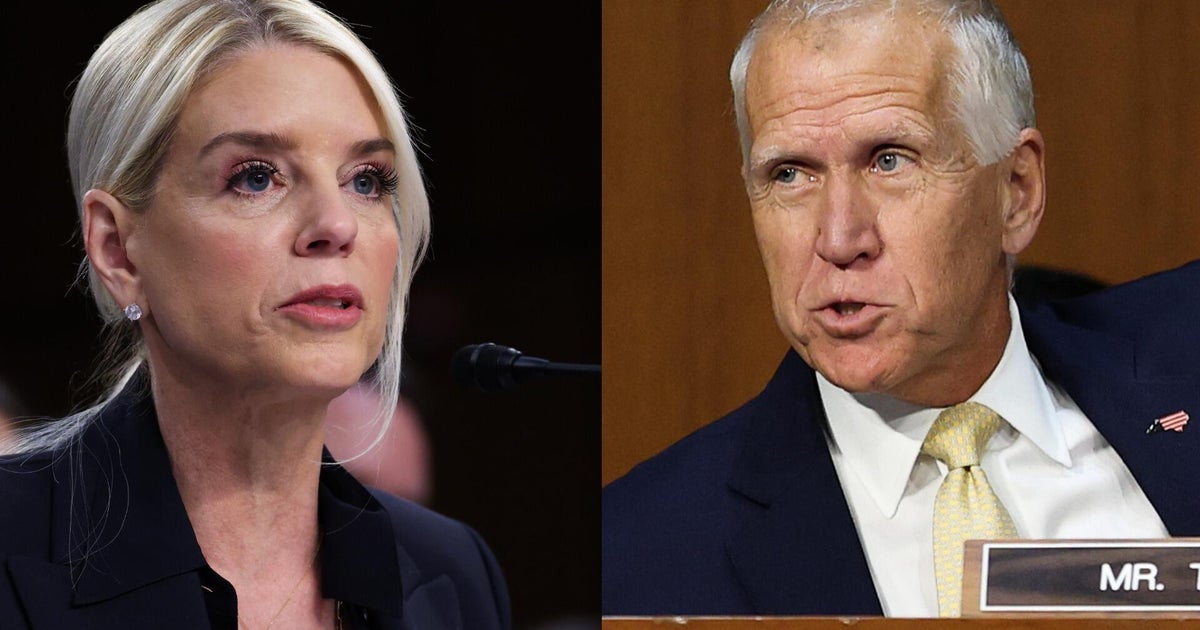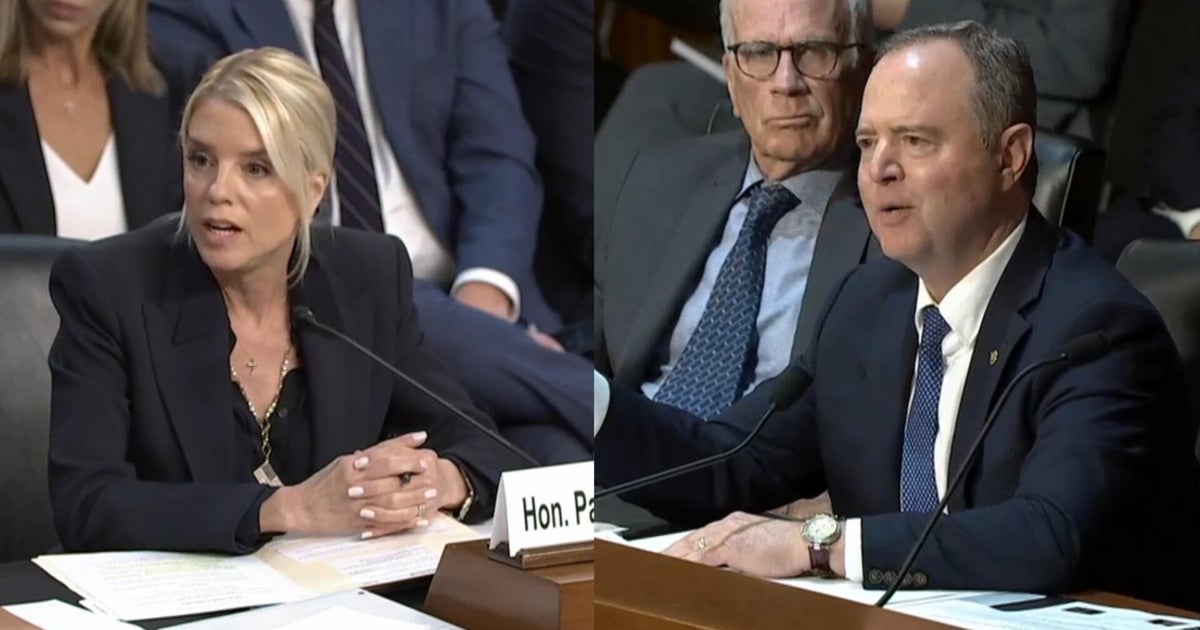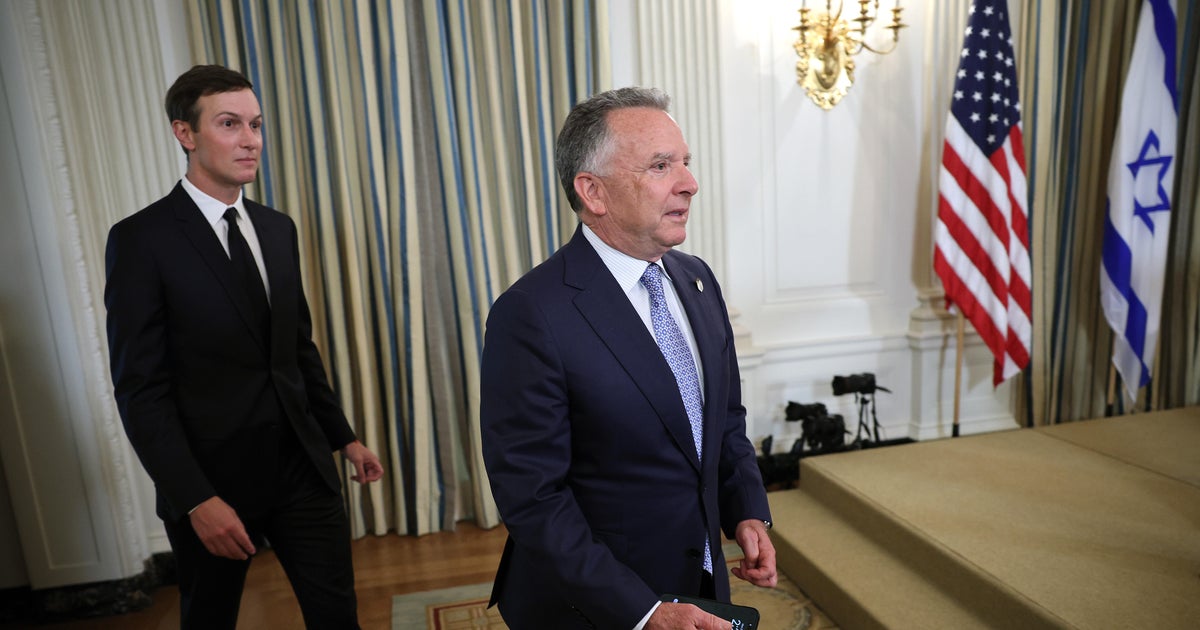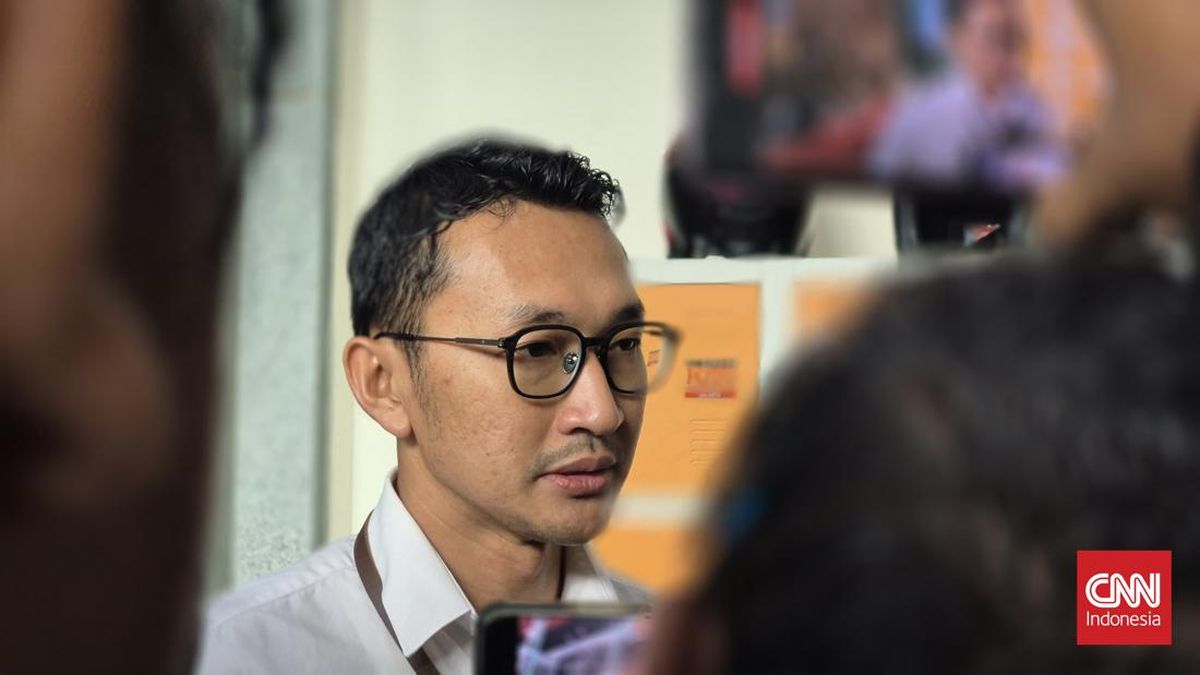If you or a loved one needs aged care right now, you’ll know it’s a time of great uncertainty in a system already complicated to navigate.
Aged care reforms starting next month will bring sweeping changes, including how – and how much – older Australians are expected to pay for their care. The changes are designed to put the system on a more sustainable footing and enable more of us to age in our own homes.

Illustration: Simon LetchCredit:
While concerns about how the new system will work are understandable, we won’t be able to meet the demand for care without increasing the aged care workforce.
This tension is laid bare in the aged care Senate inquiry report released last week, which calls for a shift to a demand-driven system, as also recommended by the aged care royal commission.
Such a shift would be impossible given Australia has a chronic shortage of aged care workers. In 2021, we found Australia would need at least 400,000 additional workers across residential and in-home aged care by 2050. There is little sign of a change to this trajectory.
It’s clear that the community wants more – and better quality – care for older Australians. Most of us also prefer to age in our own homes rather than in residential care. We cannot meet this expectation without a larger workforce.
Demand for care and carers will continue to grow as the population ages. We estimate around 2.5 million people aged 65 and over will require some form of care by then, up from 1.5 million now.
To address this shortage, the federal government should introduce a new visa for aged care workers.
The aged care occupations facing the most severe shortages do not qualify for other skilled migration visas as their annual salary is below the minimum rate, which is around $76,000.
As a result, the government is relying on labour agreements to meet the shortfall. These agreements were meant to help bring in qualified workers from overseas. But just over 2400 temporary migrants were sponsored under all labour agreements in the sector at the end of June.
Loading
That means less than 4 per cent of the temporary migrants in these occupations are in Australia on a labour agreement. It’s also less than 1 per cent of all personal care workers in aged care.
Meanwhile, 90 per cent of visas under the scheme are going to migrants already in Australia. Most temporary migrants working in aged care arrived on student, partner or working holiday visas.
While we welcome anyone who is motivated and genuinely wants to work in aged care, we really need to focus on bringing in qualified, experienced aged care workers – people who can bring their skills and are job-ready in this field.
Bringing in qualified workers alongside new entrants should help to improve the quality of care, as well as the training those new entrants receive.
Aged care has traditionally relied heavily on migrant workers. We estimate that around 70,000 – or one in six – personal care workers are on temporary visas. This is a conservative estimate. Where there are genuine shortages of workers, as is clearly the case in aged care, the system should enable more streamlined and targeted migration.
The government acknowledged this in its Migration Strategy. It committed to explore an essential skills visa pathway for lower-wage migrant workers in sectors facing chronic shortages such as aged care. Two years later, there’s been little progress.
Aged care providers are using the agreements to hold on to existing staff rather than increase their workforce. That’s because the agreements require lengthy negotiations, processes that vary between states and high visa costs. Some providers report negotiations taking more than 12 months.
Even labour market testing, supposedly simplified for the agreements, remains an unnecessary burden. Given the chronic shortage of Australian workers in aged care, requiring employers to advertise positions for four weeks before sponsoring a migrant is tokenistic at best.
Under our plan, an essential skills visa would provide a direct, streamlined process available to all aged care providers. No complex negotiations, no inconsistent state-by-state requirements, no year-long waits.
Loading
The goal is not just to increase the number of workers, but also their level of skill and experience. Providers would use an online matching system to access a pool of qualified migrants who have demonstrated relevant experience, appropriate qualifications and English proficiency.
Processing would be fast-tracked, recognising the immediate need. Workers would have genuine mobility and be able to change employers in the sector without restriction.
Critically, labour market testing should be abolished for these occupations. We know there’s a shortage – that’s why we’re having this conversation.
Regular evaluation every three to five years would assess whether the visa was effective and ensure it was not suppressing wages or discouraging training of local workers.
This isn’t about choosing migration over Australian workers. We must continue to grow the pipeline of Australian aged care workers through better pay, conditions and training.
Recent wage increases are a start, but providers have told us it’s helped them to keep their existing staff rather than attracting new workers.
There simply aren’t enough Australians available to do this work to meet the demand. We need to pull every lever: training more Australians, improved conditions, new technology, and yes, migration. Given the size of the challenge, no single approach will be enough.
And more delay just means more older Australians will miss out on the care they need.
Cassandra Winzar is chief economist of CEDA, the Committee for Economic Development of Australia.
Get a weekly wrap of views that will challenge, champion and inform your own. Sign up for our Opinion newsletter.
Most Viewed in Politics
Loading


















































